St. Louis Fed President James Bullard spoke in a speech to a meeting of the Arkansas Bankers Association meeting in Little Rock, Ark.
He said monetary policy, with federal funds rate at 1.50-1.75%, is now closer to “neutral” than in previous years. And it is “not necessary” to ” raise the policy rate further in order to put downward pressure on inflation”. And “inflation is already below target”.
He also pointed to the “surprise” growth in the economy in 2017 and said it has “stalled so far in 2018”. To him, Q1 GDP growth looks “uncertain”. And markets are concerned with US trade policy as well as tech sector regulation.
Regarding the flattening of yield curve and the indication of recession, Bullard sounded much relaxed on it. He said, “it is possible that the nominal yield curve will invert sometime in the next year, but recently the 10-year yield has increased enough to keep pace with the FOMC’s rate increases.”
Below is St louis Fed’s regarding the discussions. With a link to the presentation.
St. Louis Fed’s Bullard Discusses the U.S. Economy Three Months into 2018
LITTLE ROCK, Ark. — Federal Reserve Bank of St. Louis President James Bullard discussed “The U.S. Economy Three Months into 2018” Wednesday at the Arkansas Bankers Association and Arkansas State Bank Department’s Day with the Commissioner.
Reflecting on U.S. macroeconomic developments so far this year, Bullard discussed real GDP growth, inflation and the yield curve, as well as the current stance of monetary policy.
On growth, Bullard noted that global real GDP growth surprised to the upside during 2017, driving global financial market developments last year. “The effects of the surprise seem to have abated during the first months of 2018 in the face of uncertain first-quarter U.S. real GDP growth along with other factors,” he said.
On inflation, Bullard noted that while it remains low, it is expected to move somewhat higher during 2018. Regarding other macroeconomic developments, he noted that yield curve inversion remains a possibility later this year, and that monetary policy is close to neutral today.
“Current monetary policy settings are close to neutral, which is appropriate for the current macroeconomic situation,” he said.
Growth
Bullard noted that the U.S. and other large economies had better-than-expected growth in 2017, which fed into the profits of U.S. multinationals and helped U.S. equity prices rally last year. For instance, U.S. real GDP growth in 2017 was 0.4 percentage points higher than what the International Monetary Fund projected in October 2016.
However, he explained, the effects from the surprise in growth have stalled this year. He cited the following: The growth rate of U.S. real GDP looks uncertain in the first quarter, possibly due to residual seasonal effects; markets are trying to discern the direction of U.S. trade policy; U.S. interest rates are higher; and markets are contemplating possible tech sector regulation.
Inflation
Turning to the low inflation readings in 2017, Bullard explained why they were so surprising. He noted that they occurred against a backdrop of relatively good labor market performance and a still historically low policy rate (i.e., the federal funds rate target). However, he said, “Special factors are expected to drop out of the year-over-year comparisons soon, likely suggesting that inflation is somewhat closer to target.”
He also discussed inflation expectations, which may give a signal of future inflation. He noted that market-based measures of inflation compensation have increased recently. “The measures today are closer to being in line with the FOMC’s 2 percent inflation target, but remain a bit low,” he said.
Yield curve
Bullard then discussed the flattening of the U.S. nominal yield curve since 2014, which is the result of short-term rates rising while long-term rates have remained relatively stable. To quantify the flattening, he noted that the spread between the 10-year and one-year Treasury yields declined from about 300 basis points at the beginning of 2014 to 70 basis points during the week of March 28.
“It is possible that the nominal yield curve will invert sometime in the next year, but recently the 10-year yield has increased enough to keep pace with the FOMC’s rate increases,” he said.
Monetary policy
Turning to the stance of U.S. monetary policy, Bullard noted that the FOMC has begun to gradually reduce the size of the Fed’s balance sheet. In addition, the range for the policy rate has been increased gradually and is currently 1.50 to 1.75 percent.
He also noted that current estimates of the neutral real rate (or r*) are near zero, and that core PCE inflation (measured as the year-over-year percentage change in the core personal consumption expenditures price index) is 1.6 percent. Therefore, the current policy rate setting minus core PCE inflation is near r*, which suggests that “the current policy setting is closer to neutral than in previous years,” Bullard said.
He explained that the neutral setting for the policy rate puts neither upward nor downward pressure on inflation, given everything else that is occurring in the economy. “This is appropriate for the current situation, in which inflation is not far below target and is expected to rise,” he said, adding that “it is not necessary in this circumstance to raise the policy rate further in order to put downward pressure on inflation, since inflation is already below target.”
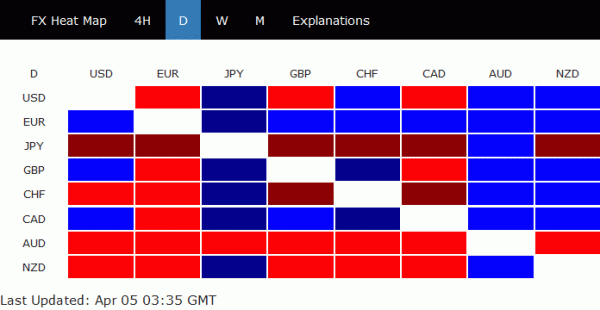
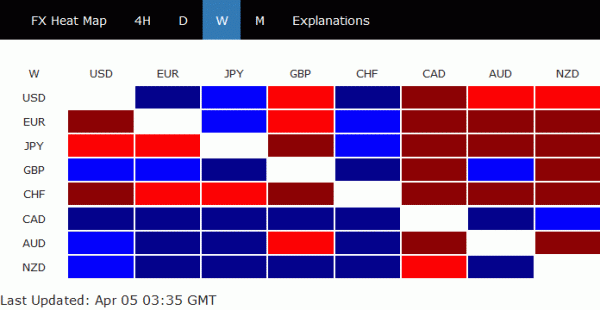 Canadian Foreign Minister Chrystia Freeland said yesterday that “we’re making good progress on NAFTA … having said that, we’re not there yet.” And that’s seen by the markets as positive comments. She will meet with US Trade Representative Robert Lighthizer today.
Canadian Foreign Minister Chrystia Freeland said yesterday that “we’re making good progress on NAFTA … having said that, we’re not there yet.” And that’s seen by the markets as positive comments. She will meet with US Trade Representative Robert Lighthizer today.



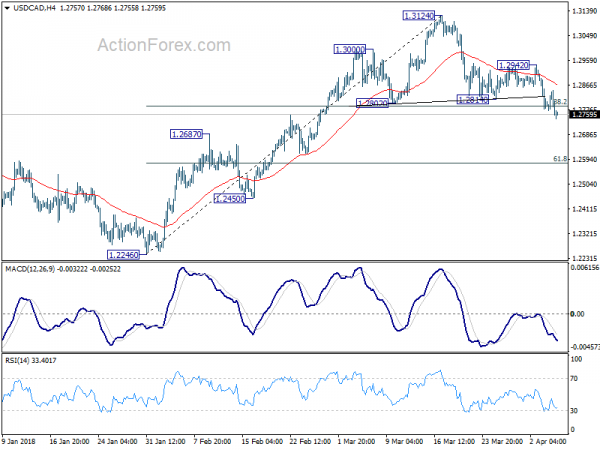
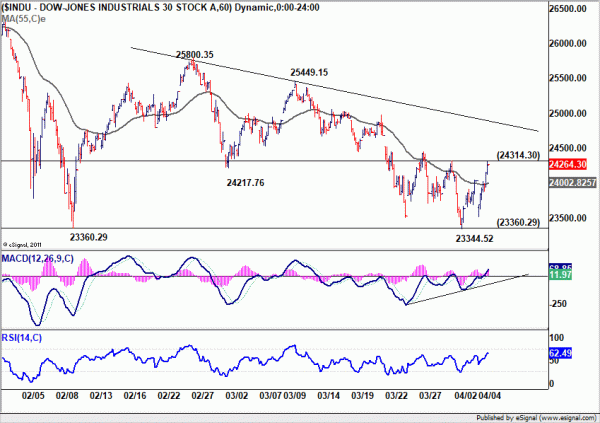
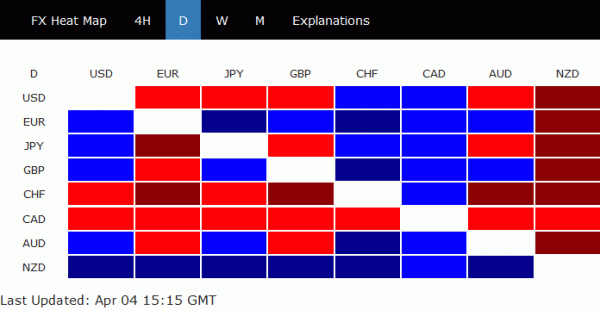
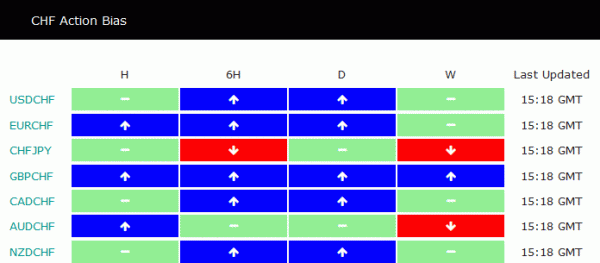
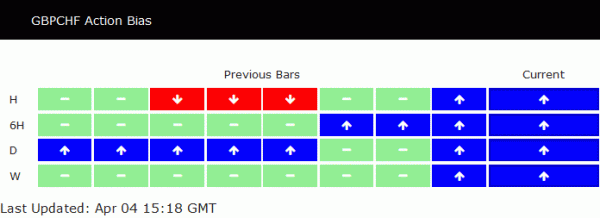
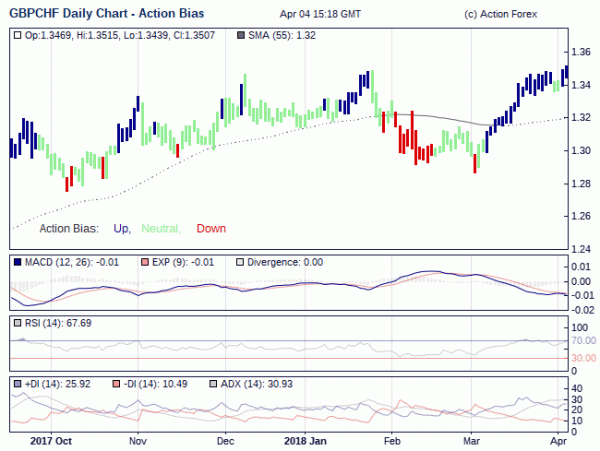
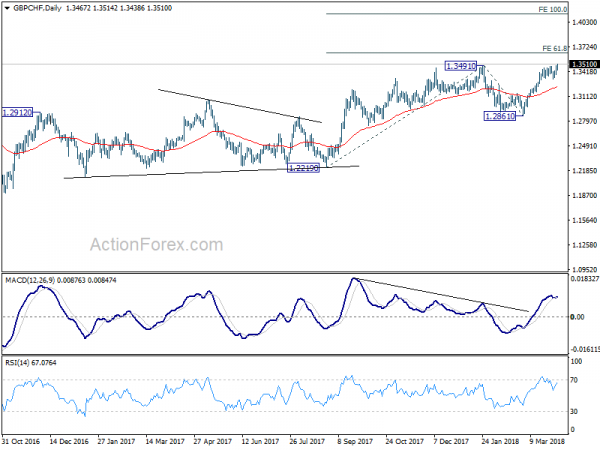
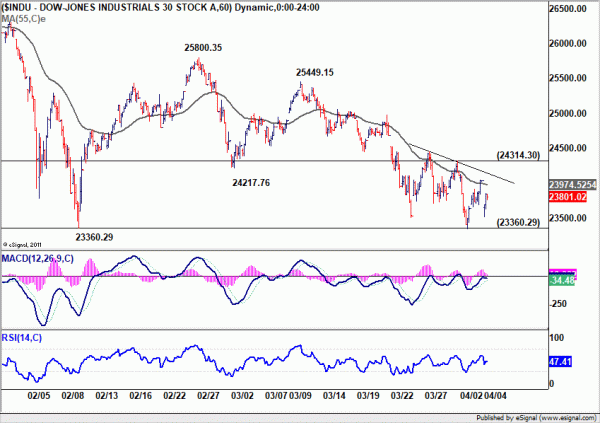
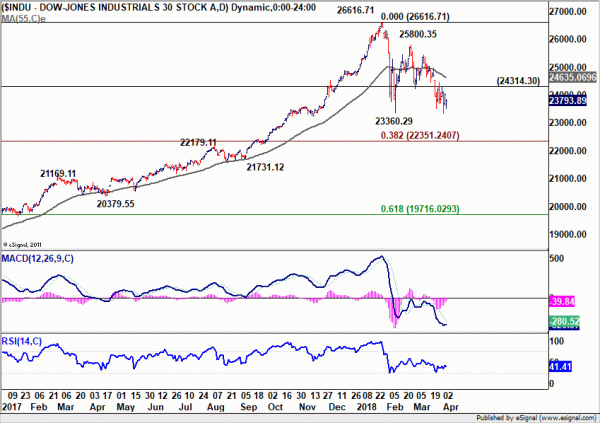
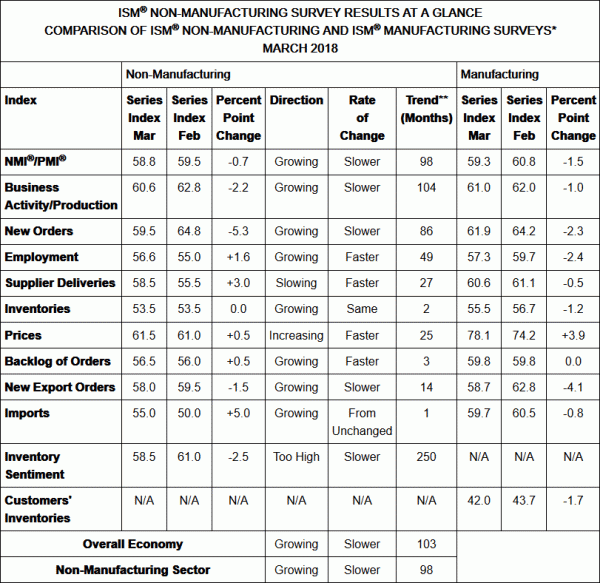
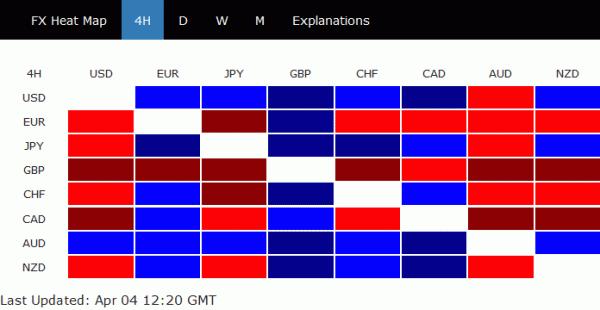
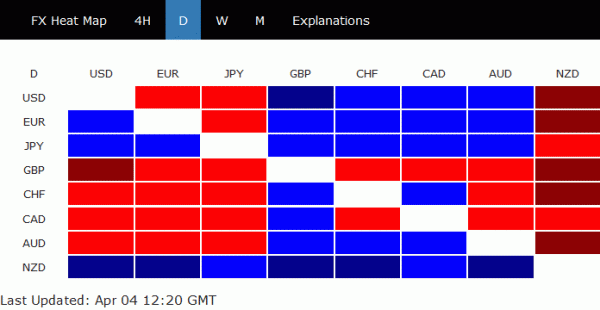
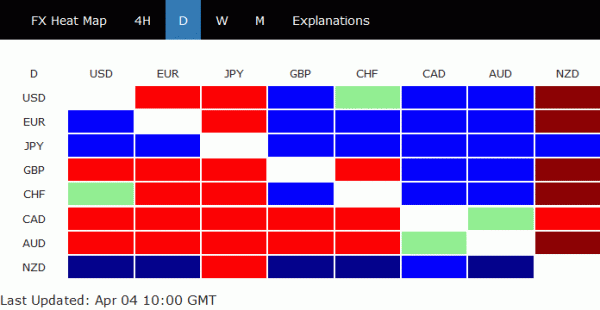
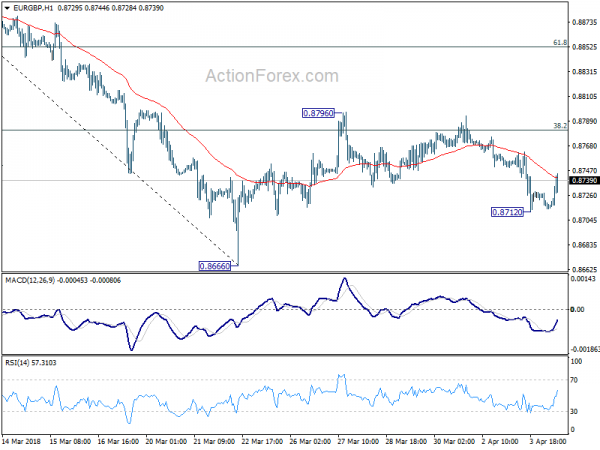
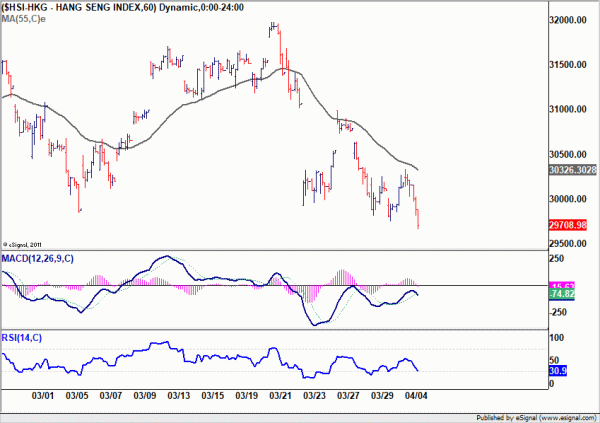
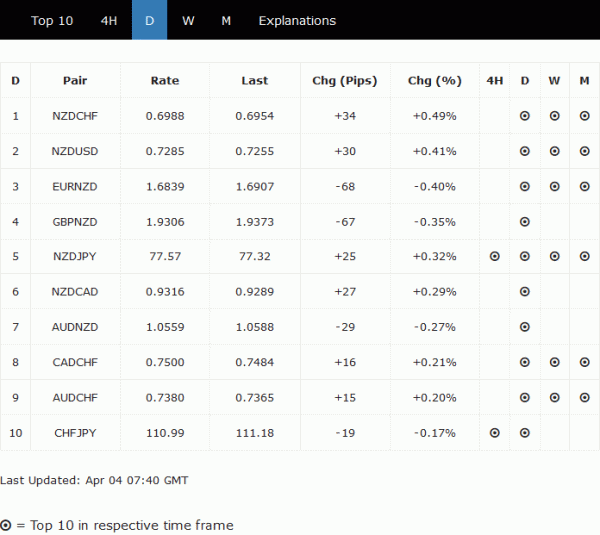
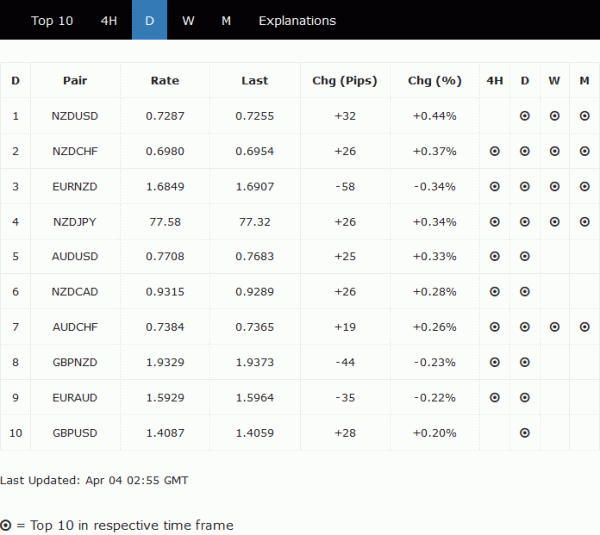
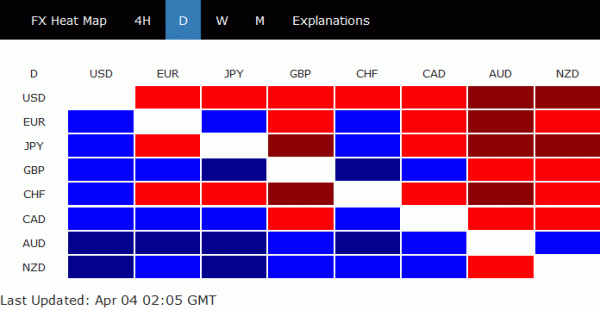
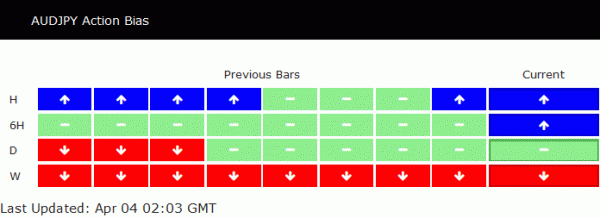
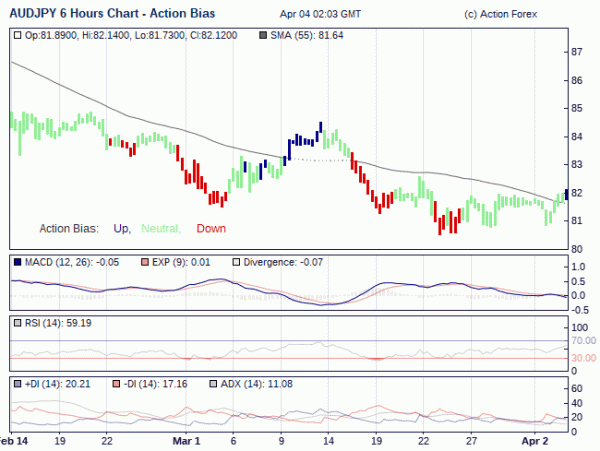
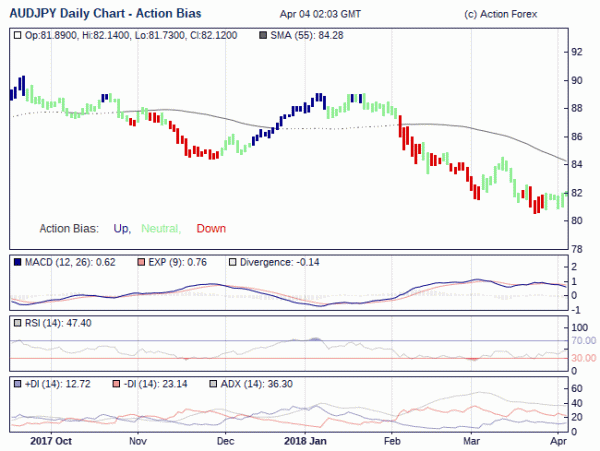
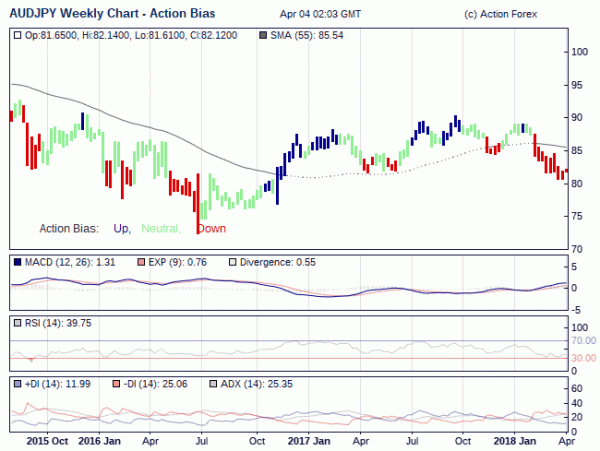
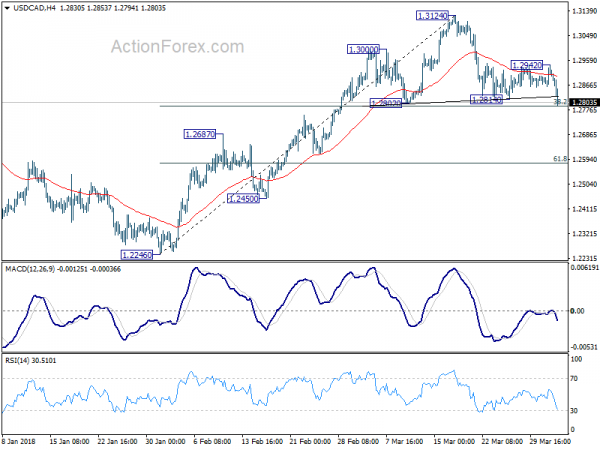
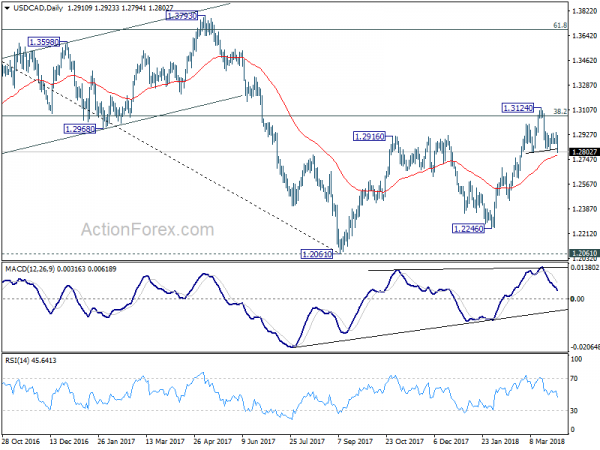
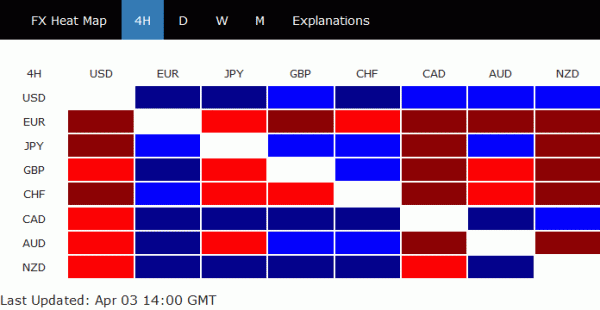
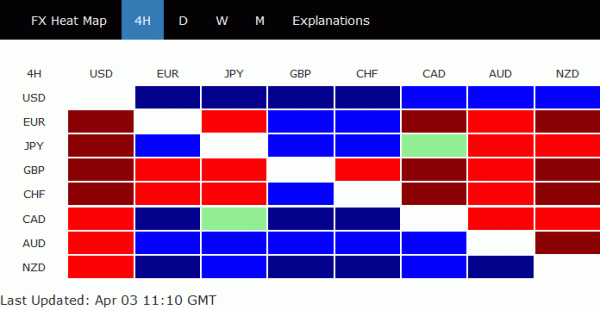
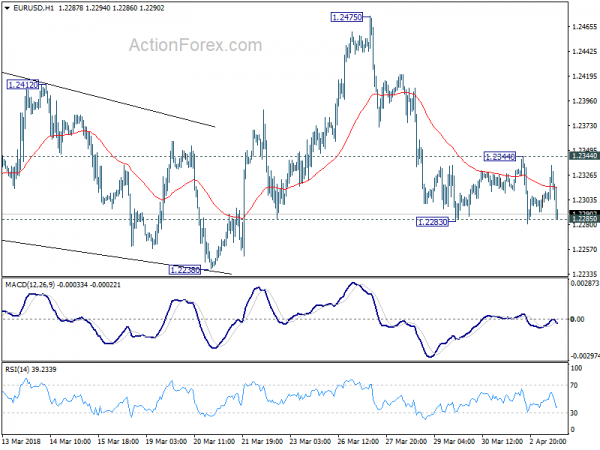
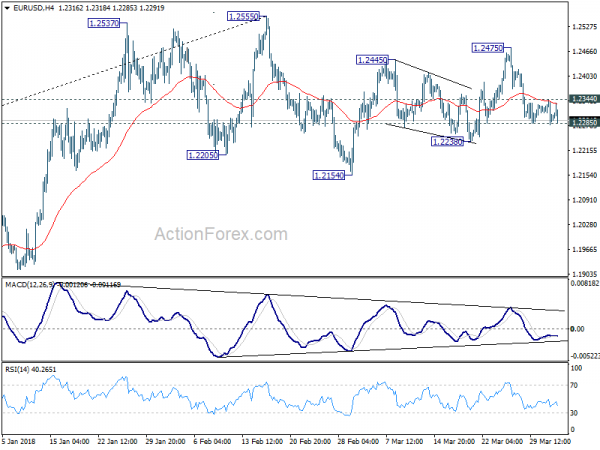
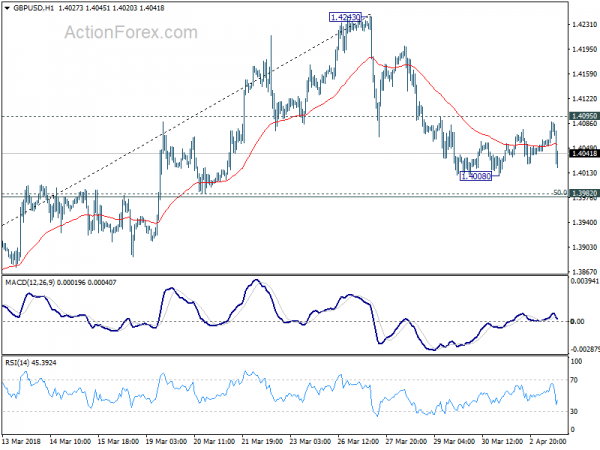
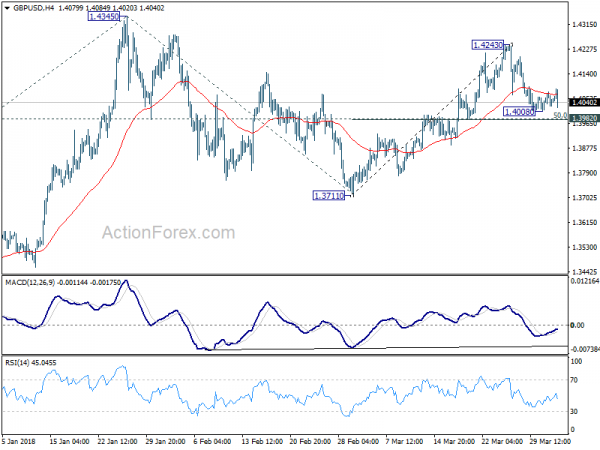
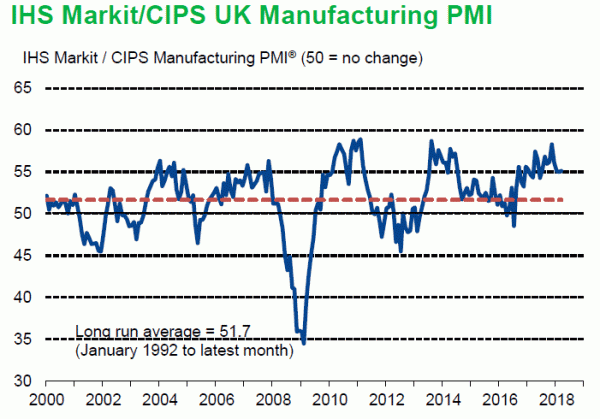
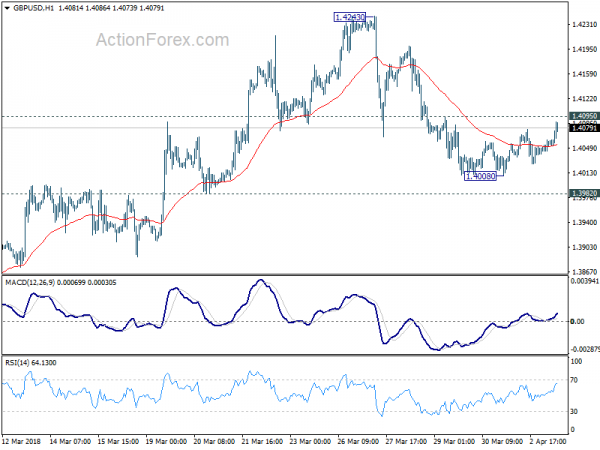

Swiss CPI rose 0.4% mom, 0.8% yoy in March
Swiss CPI rose 0.4% mom in March, above expectation of 0.3% mom. Annual rate rose to 0.8% yoy, up from 0.6% yoy in February and beat expectation of 0.7% yoy.
Swiss Federal Statistical Office (FSO) noted that “various factors contributed to the 0.4% rise compared with the previous month, such as an increase in the price of international package holidays, air transport and hotel accommodation. However, prices fell for medicines and fuel.”